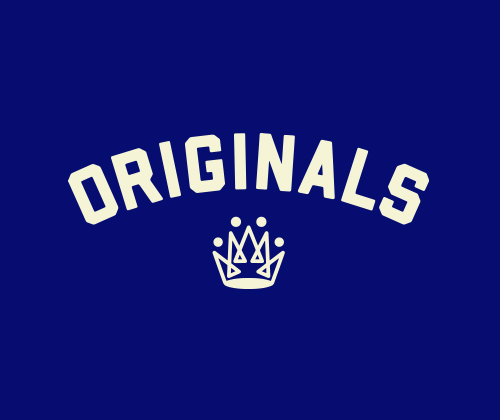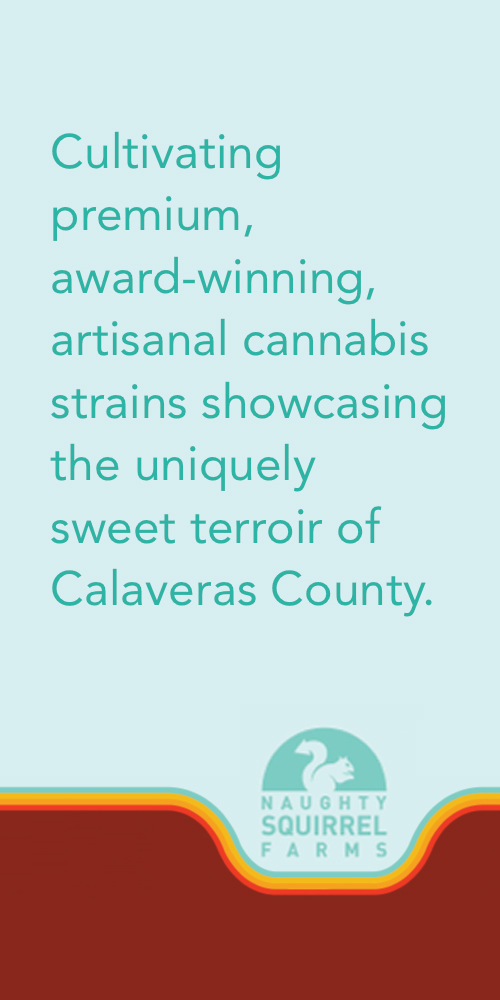Hemp's Highest Hope
How nature's most versatile plant can heal the world.
Story Idea by: JOSHUA GREENROCK

Global warming! Deforestation! Water scarcity! The never-ending doom scroll of everyday life is real. Any normal person is left feeling some degree of anxious, helpless, and occasionally media-avoidant. But have faith, there is hope in the despair. Youʼll be pleased to learn of the progress hemp has been making across all kinds of industries. This cousin to our nearest and dearest flower holds the power to solve a whole lot of problems. If youʼre a cannabis lover, this likely comes as no surprise.
It can be challenging in modern-day American society when the solution to a problem is not some flashy bit of tech, nor some sparkling new invention with celebs attached, but rather a plant from the beginning of time. A quick-yielding, naturally resistant plant, capable of maturing in as little as ninety days, begging for multiple crops over the course of any year while only needing a fraction of the water “competitive” crops require. The magic of hemp could be instrumental in diverting us from a perilous path on this planet. The possibilities are surprising, encouraging, and, dare we say, gathering momentum. Let’s see what hemp has been up to these days.

BUILD IT AND THEY WILL COME
Hempcrete is exactly what it sounds like: an alternative to concrete. In Britain, so far, over a thousand buildings and homes have been built using hempcrete. One primary advantage of using hemp, and there are many, is that it provides moisture- and temperature-regulating qualities that improve insulation. In an increasingly hot and cold world, reducing heating and cooling costs by up to 50% is a big move of the needle. Also, hemp prevents mold naturally and is non-toxic, fire-resistant, and anti-pest. And this is big: hempcrete does not use chemicals like formaldehyde, a known carcinogen commonly used in plywood and other traditional building materials.


DRIVING CHANGE
Hemp-based cars are hardly a novel idea—that honor goes to Henry Ford, who debuted his lightweight hemp-fiber car that ran on hemp fuel in 1941. However, Ford stopped using hemp because of the political climate surrounding cultivation in the 1930s, which led to a federal ban on hemp, making it difficult to access a consistent supply for large-scale production. And letʼs not forget that the powerful oil industry is understandably opposed to the idea of a car made from a renewable resource like hemp, which would threaten their market share. Nearly a century after the Marihuana Act of 1937 that vilified hemp, regulations begin to shift towards a rising consciousness, and ingenuity is on the rise. Porsche, BMW, and Mercedes currently use hemp for parts in their high-end automobiles. Here’s the surprising thing: hemp fibers are proven to be more impact-resistant and five times stronger than steel by weight. Henry Fordʼs motto as it pertained to the use of hemp, 84 years ago, “Ten times stronger than steel!” Substantial by any measure.
"Ten times stronger than steel."
- Henry Ford
(H)EMPOWER!
Hemp biodiesel, made from processed hemp seeds, is biodegradable, non-toxic, emits fewer greenhouse gases (compared to petroleum based), and can be used in existing diesel engines without modification. Studies prove it produces fewer particulates than fossil fuels and requires half as much land as corn, the current leading biofuel crop. Research on hemp as an alternative fuel source is still in the early stages—but thankfully, electric, solar, wind, and hydropower alternatives are helping to move us away from the multi-faceted harms of fossil fuels. Studies suggest that hemp biodiesel is about 15-20% more efficient than traditional diesel in terms of energy output per unit of fuel. So the winner in the battle for who will topple the fossil fuel industry is far from over, but hemp continues to fight.

LIVESTOCK FEED
Until the passing of the Farm Bill in 2018, hemp’s status as a Schedule I Controlled Substance (the same legal category as heroin) made most research focused on hemp illegal. For decades. However, it has been proven that hemp can be used as a healthy ingredient in cattle rations, calming them and making them less prone to sickness. In one study, it was sympathetically noted that cows would “lie down more.” Yet the concerns about psychoactive cannabinoids ending up in the food chain have presented a stalling effect to broader deployment until this concern can be fully explored by science. Kansas State University studied the effects of cannabinoids on bovine physiology and found that when cows were fed hemp alternatives, they displayed a reduction in the stress hormone cortisol as well as the inflammation biomarker prostaglandin. The results are less stress and fewer antibiotics. Cows chillin’ out? That’s healthy news for everyone involved.

CASTING THREADS
Hemp-based textiles have a long global history. How do we know? The word “canvas” originates from κάνναβις, Greek for “cannabis,” and hemp has long been used by indigenous communities. There’s even an urban legend that Levi’s were originally made using hemp fibers. With good reason. Clothes made from hemp fibers are more durable, UV resistant, 100% biodegradable, last up to three times longer than cotton fabrics, are stronger when wet, and avoid the poisonous pesticides used on cotton. Did you know that cotton uses more pesticides than ANY other major crop—consuming a whopping 16% of the worldʼs insecticides?


WHAT’S FOR DINNER?
With a mild, nutty flavor comparable to pine nuts or sunflower seeds, hemp seeds have a long history in human diets. While they are curiously low in fiber, hemp seeds—often referred to as hemp hearts—are much higher in protein and calories than their counterparts. And the water consumption of almonds and soy is about four times the modest 500 liters (per kilo) that hemp is thirsty for.

Why hasn’t hemp revolutionized these industries? Any partaker knows the hefty influence of outdated regulations and long-standing stigma. But as the need for renewable resources and high-yield, drought-resistant crops becomes more pressing, the research confirms what we’ve always known: hemp is one of the most efficient, versatile, and effective plants on the planet, with long-reaching positive implications for every man, woman, child, and cow.




















